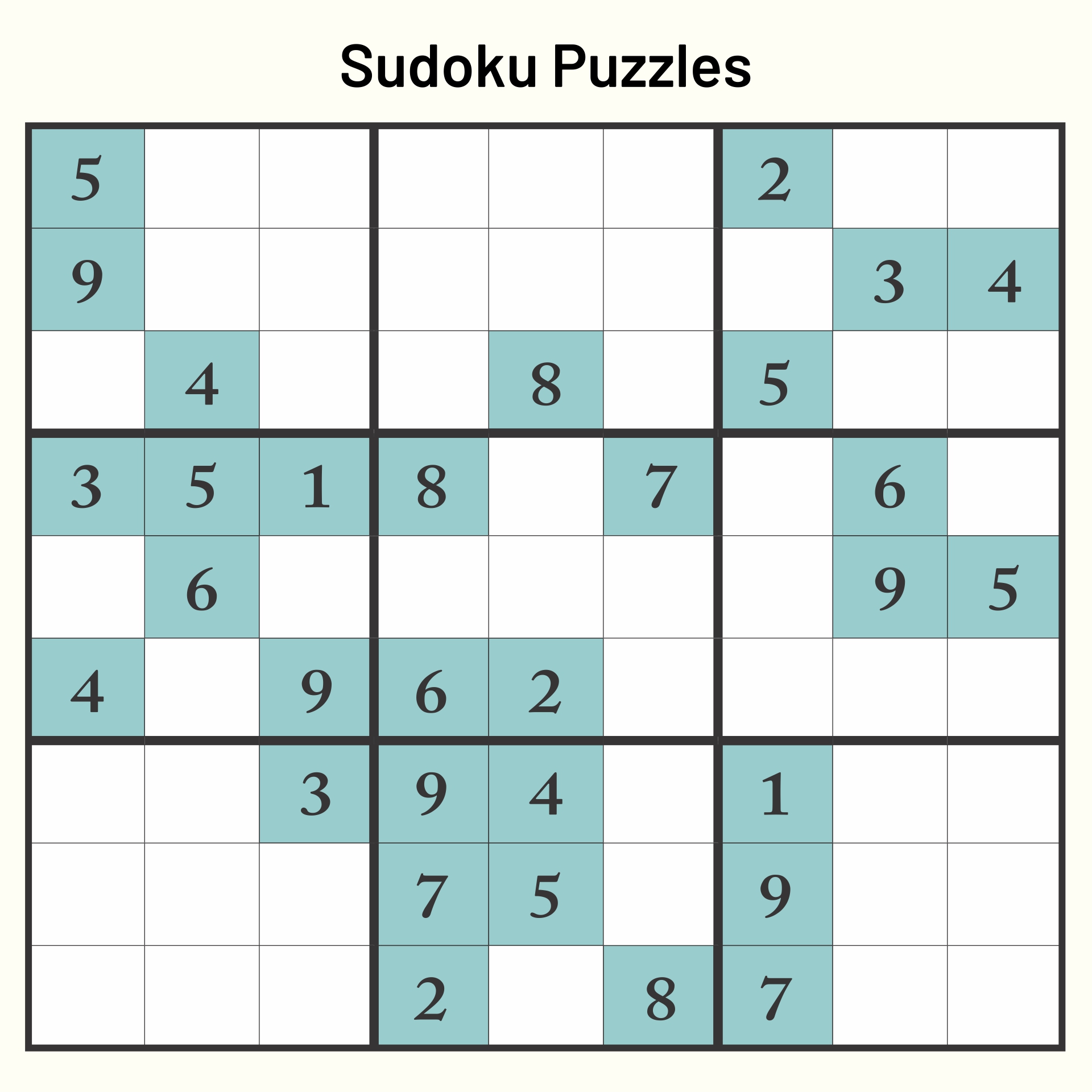


The second and most import rule is that no more than 32 numbers out of the 81 can be given away, as the goal becomes too easy to reach above this threshold. The given numbers in the beginning must create a pattern in their allocated squares to make the game more visually appealing to the players. Nikoli also introduced two new rules that became essential to the game as we know it today. Its widespread popularity didn’t come until the game reached Japan in 1984 when Nikoli published it under the name “Suuji wa dokushin ni kaguru” (The numbers must remain single) in the Monthly Nikolist Magazine. The modern Sudoku as we know it nowadays, however, using digits instead of the Latin alphabet, was most likely the creation of Howard Garns, an architect from Indiana who first published his version of the game in the Dell Magazines in 1979. The basis of the game originated in Switzerland in the 18th century when the mathematician Leonhard Euler developed the concept of Latin Squares used in statistical analysis. Sudoku is a number-placement puzzle widely popular in the world, credited with helping to keep the brain active and healthy. Let the cogs on your brain spin and enjoy this relaxing yet challenging puzzle.

Don’t rush, analyzed all your possibilities and slowly work your way to fill the grid. Time is not a constraint and only logic is necessary. Experts and pros can also have their fun and enjoy playing with the numbers and possibilities with the hard and evil levels. If you feel confident in your skills from the beginning, you can put them to test with the medium level and face demanding challenges right from the start. The harder the level, the fewer allocated numbers at the beginning of the puzzle.īeginners can start by choosing the easy level to get acquainted with the digits, the grid and the rules of the puzzle. Start by choosing any of the four different levels of difficulty: Get set, relax and prepare to challenge your brain with this number-placement puzzle anywhere and anytime.


 0 kommentar(er)
0 kommentar(er)
